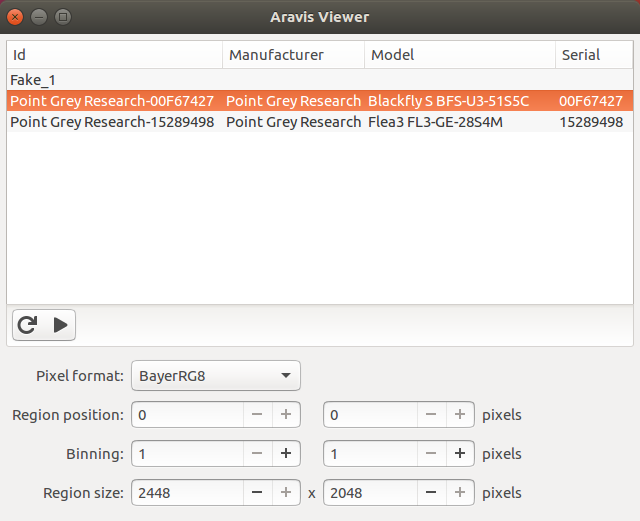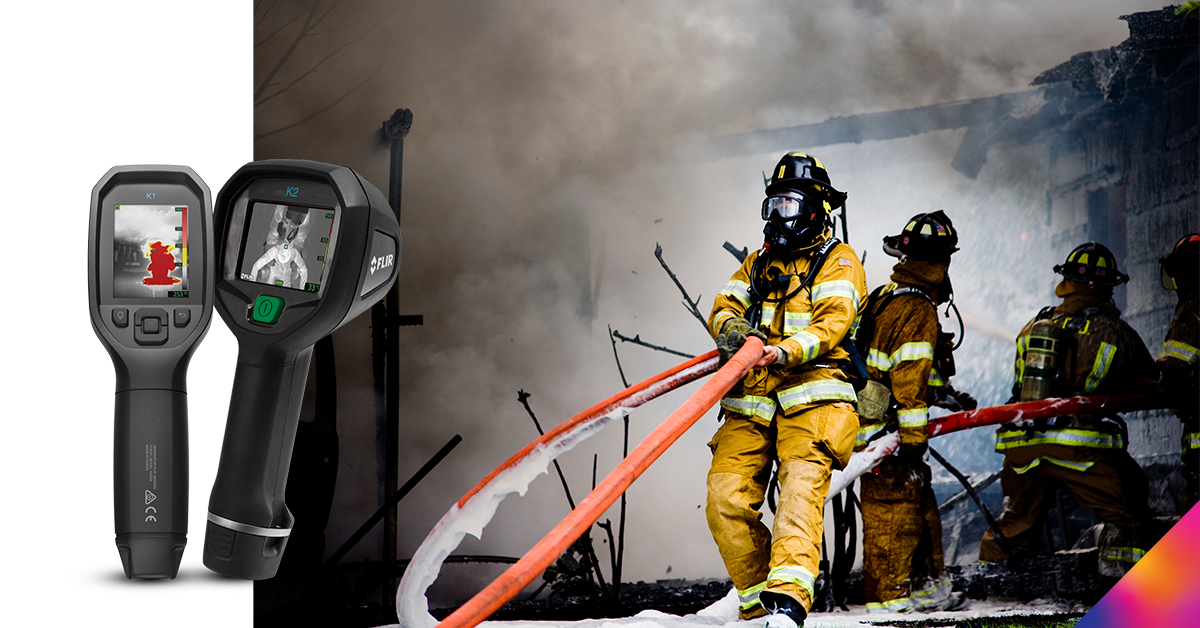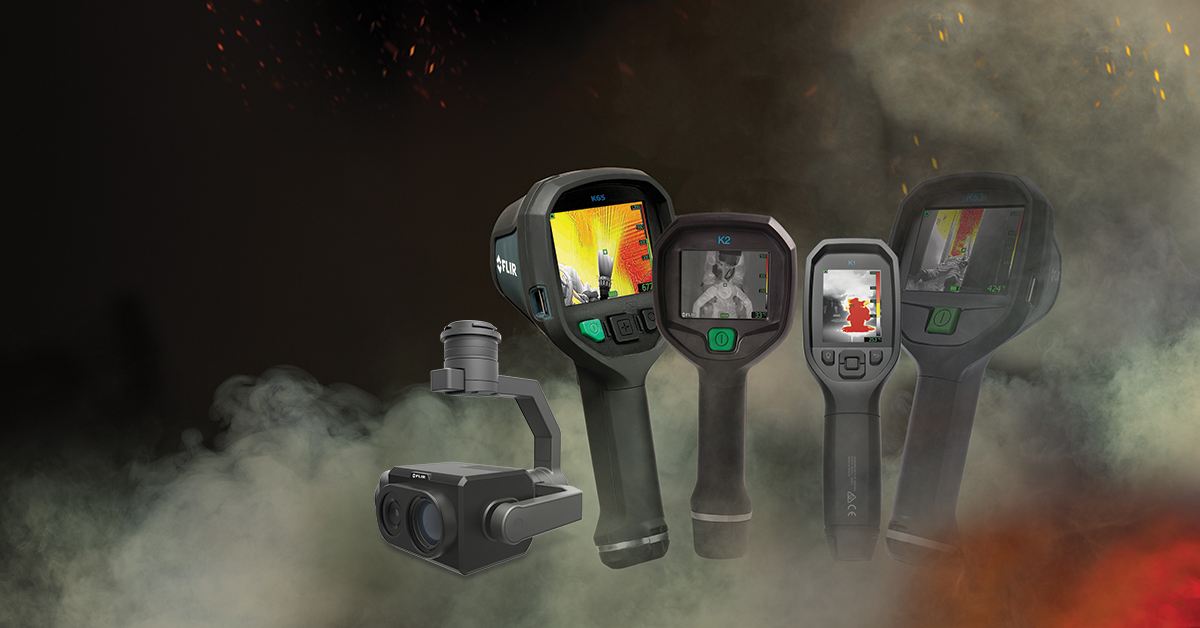Getting Started with Aravis in Linux
Preparing for Use
Before you use your camera, we recommend that you are aware of the following resources:
Getting Started Manual for the camera—provides information on installing components and software needed to run the camera. The Getting Started manuals can be downloaded from the Downloads page.
Technical Reference for the camera—provides information on the camera’s specifications, features and operations, as well as imaging and acquisition controls. The technical references can be downloaded from the Downloads page.
Firmware updates—ensure you are using the most up-to-date firmware for the camera to take advantage of improvements and fixes. The latest firmware can be downloaded from the Downloads page.
Installation and Configuration
Step 1 — Install Aravis
1. Download the latest release of Aravis from http://ftp.gnome.org/pub/GNOME/sources/aravis/ and unzip the tar file.
2. Open a new terminal window and navigate to the unzipped tar file directory.
3. To make sure you have the required dependencies, in the Linux console:
For GigE Vision enter:
./configure --enable-viewer
For USB3 Vision enter:
./configure --enable-viewer-usb
4. If the required dependencies are missing, install them. Aravis dependencies for version 0.5.7 are:
- glib-2.0 >= 2.26
- gobject-2.0
- gio-2.0
- libxml-2.0
- gthread-2.0
- libusb-1.0 (USB3 Vision only)
- librsb-1.0.0-dev (USB3 Vision only)
 |
Aravis requires a comprehensive list of requirements before you can install it. Please see the "configure.ac" file in the download Aravis folder for the full list. |
5. To make sure you have the required dependencies for building the Aravis viewer, in the Linux console enter:
./configure --enable-gst-plugin
6. If the required dependencies are missing, install them. Aravis viewer dependencies for version 0.5.7 are:
- libgstreamer1.0-dev
- libgstreamer1.0-dev
- libgstreamer-plugins-base1.0-dev
- gstreamer1.0-plugins-bad
- gtk+-3.0 >=3.12
- libnotify
7. Enter:
sudo makesudo make install
8. To refreshe the shared library cache after installation, enter:
sudo ldconfig
Step 2 — Connect the Camera to the PC
Connect the camera to the PC. For more information, see the Getting Started Manual.
Step 3 — Configure Camera Access for Aravis (USB3 Vision only)
 |
For GigE Vision cameras, go to Step 4 Start Aravis Viewer below. |
1. Download the aravis.rules file from https://github.com/AravisProject/aravis/blob/master/aravis.rules.
2. Ensure the following lines are present in aravis.rules (the line may already exist under the name Point Grey Research).
# FLIR Integrated Imaging Solutions
SUBSYSTEM=="usb", ATTRS {idVendor}=="1e10", MODE:="0666", TAG+="uaccess", TAG+="udev-acl"
3. Copy the aravis.rules file to /etc/udev/rules.d/.
4. Reboot the PC for the rules file to take effect (restarting the udev daemon may not be enough).
Step 4 — Start Aravis Viewer
1. In the Linux console, enter:
arv-viewer

2. From the camera selection screen, select your FLIR camera to start streaming.

If you experience dropped frames, please see the Troubleshooting section, below.
Troubleshooting Tips
What if my GigE Vision camera is not detected in Aravis?
If your GigE Vision camera is not detected in Aravis, check the following:
- The camera is powered up (steady green LED). For more information on the LED status indictor, see your camera’s technical reference manual section “Status Indicator LED.”
- The network adapter is set correctly. DHCP mode requires the DHCP server to be running. Point Grey recommends manually configuring your network adapter’s IPV4 address to 169.254.0.1 with 255.255.0.0 subnet mask.
What if I experience dropped frames with my GigE Vision camera?
If you experience dropped frames in Linux, it could mean your receive buffer is too small. We suggest increasing your standard and maximum receive buffer values. For more information on how to set the receive buffer size in Linux, please see Lost Ethernet data packets on Linux systems using FlyCapture2.
What if my USB3 Vision camera is not displaying images in Aravis Viewer?
If you do not see any frames with a USB3 Vision camera in Linux, it could mean your USBFS memory size is too small. By default, Linux limits the image capture size to 2 MB. To capture images larger than 2 MB, see Using Linux with USB 3.1.


